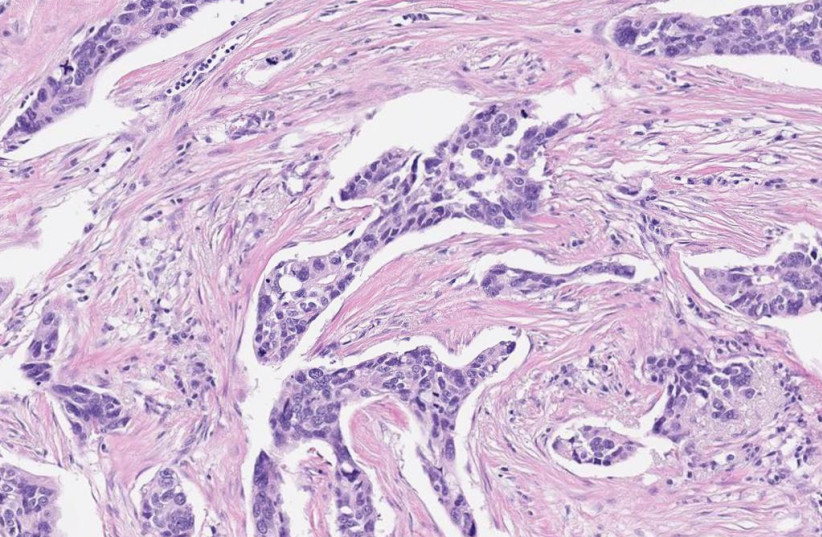COVID-19 has taken up most of our health news feeds for the past two years, but there are still other diseases out there that require our attention. Here is a breakdown of the severity and treatment options for HIV/AIDS, chronic infections, cancer, and heart and neurological diseases.
HIV and AIDS
The HIV virus, first identified in 1981, has claimed more than 25,000,000 lives worldwide. AIDS, which develops in the absence of treatment after one is infected with HIV, is still defined by the World Health Organization as an active worldwide epidemic.
There isn’t a complete cure for HIV, but treating the virus has improved dramatically. HIV carriers who receive antiretroviral therapy, the standard drug protocol cannot infect others and usually don't have adverse health effects.
Recent studies have shown that those who take regular preventative treatment (PrEP) are 99% immune to HIV infection.

In countries that subsidize preventive care for people at risk, there has been a decrease in infections in recent years.
In Israel, in 2020, there was a decrease of 6.7% in the rate of infection, compared to 2019.
Today, Israeli experts hope for a further decline due to initiatives such as discounted preventive care, as well as improving awareness of the need for periodic check-ups if one has HIV. The WHO has announced an ambitious initiative to eradicate HIV by 2030 although in some countries the rate of infection isn’t declining and is even rising.
Chronic infections
Inflammation is one of the important weapons in the arsenal of the human immune system, which helps fight bacteria and viruses, but in some cases, it’s precisely this response that can be excessive and harmful.
For example, persistent and significant inflammation may increase the risk of autoimmune diseases, diabetes, heart disease and even certain types of cancer.
How does inflammation develop?
Inflammation can develop as a result of factors beyond our control such as injuries, wounds or infections. As we age, the incidence of chronic infections increases on average.
Yet some factors which increase the risk of chronic infections can be controlled.
Studies show that foods high in fats and carbs, stress, sleep problems, smoking and obesity all increase inflammation in the body and the risk of common diseases listed here, so avoiding these issues and maintaining a healthy lifestyle, especially after age 50, will decrease your risk of chronic infections.
<br>Heart disease
Data on heart disease in Israel has shown that since the 1980s there has been a consistent and significant decrease in mortality rates from chronic heart conditions. And yet, heart disease is still defined as the second most common cause of death in Israel and the most common cause of death worldwide.
Why?
Heart disease has been present throughout history and will still be part of the human experience in the future. However, the risk of heart disease can certainly be reduced by being aware of — and avoiding — what causes heart disease. These can include:
- Excessive consumption of trans fat
- Smoking
- Performing periodic checkups
- Exercising
- Reducing stress
Cancer
Cancer too has been and will always be present in our lives.
In Israel, it is currently the most common cause of death; the risk of it only increases as one gets older. For the foreseeable future, the medical and scientific community will not be able to beat all types of cancer, especially those diagnosed at later and more fatal stages.
Yet diagnostic capabilities, treatments and rehabilitation efforts are getting better year after year.
In general, raising health awareness and developing positive habits can certainly help in this complex arena as well. Such as:
- periodic checkups
- Health habits
- Seeing a doctor as soon as symptoms, like blood in the stool, appear
These will help identify potential malignancies in a timely manner, facilitate their treatment and improve chances of recovery.
To do this, especially if there is a family history of cancer, go get tested in order to assess your risk of developing malignancy and to check if preventative measures should be taken.
Neurological diseases
Various diseases can affect the brain and nervous system in irreversible ways.
The most well-known diseases in this group are dementia, Alzheimer's, Parkinson's, ALS, etc. Like cancer and heart disease, the incidence of these diseases increases as you get older. Now, with increased life expectancy, more people will be forced to grapple with neurological diseases.
The hope is that in the future, the ability to diagnose and treat these diseases will improve. As of today though, there is no known way to prevent the onset of these diseases, but rather to be optimistic and remember that there are ways to reduce the risk of their development and even slow down their progression if they do develop.
In general, scientists have emphasized that the more you engage and challenge your brain throughout life, the lower the risk of neurological diseases in old age. Studies suggest that doing crossword and other word puzzles, learning a new language, playing an instrument and dancing all may improve the chance to live a long, healthy life and reduce the risk of degenerative diseases.
